
Global Walkie Talkie Market Entry Certification Guide
Certification testing for walkie-talkies is a crucial step to ensure products comply with target market regULations, safeguard user safety, and maintain market order. The guide below explains the core aspects from regulatory compliance, safety and quality assurance, market entry requirements, to technical compatibility.
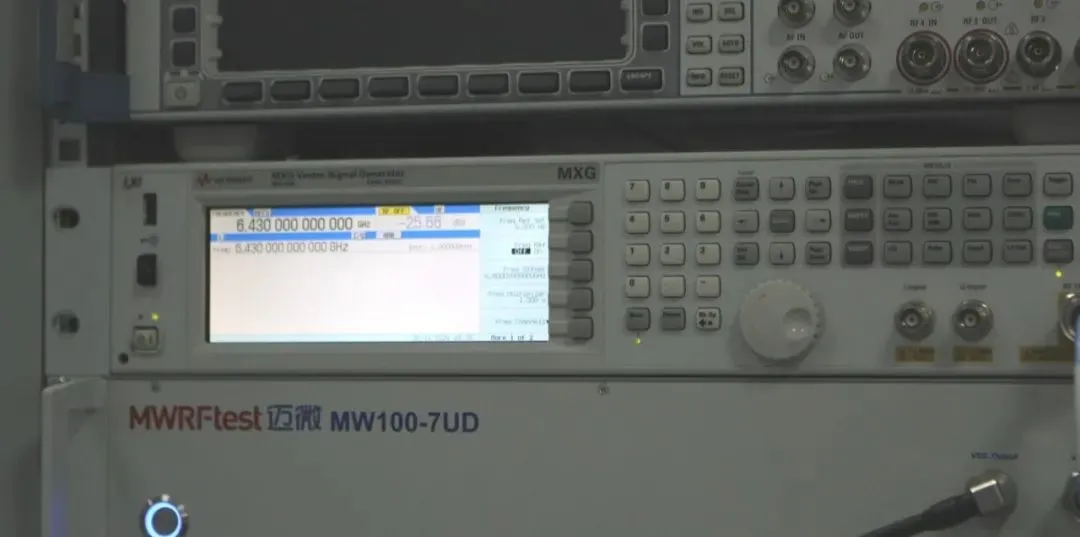
Regulatory Compliance: Meeting Mandatory Standards
Different countries and regions have strict legal requirements for radio and electronic equipment. Certification testing is often legally mandatory. Products that fail to obtain certification may be prohibited from sale or face heavy penalties.
- EU CE-RED Certification: Products must comply with the Radio Equipment Directive (RED). This ensures proper use of the radio spectrum, electromagnetic compatibility (EMC), and user health safety (e.g., SAR limits).
- US FCC Certification: The Federal Communications Commission requires wireless devices to pass EMC and RF testing to prevent interference with public communication bands.
- Canada ised (IC) Certification: All radio-transmitting devices, including walkie-talkies, must obtain model approval. Uncertified products cannot be manufactured, imported, or sold.
Market Entry Requirements: Overcoming Trade Barriers
Certification acts as a “passport”for international markets. Without it, products may be held at customs, removed from shelves, or lose consumer trust.
- Cross-Border E-commerce Platforms: Platforms such as Amazon and Alibaba International require CE, FCC, or other certificates for product listings. Uncertified products cannot be listed.
- Government Procurement & Industry Tenders: Walkie-talkies purchased by governments or enterprises (e.g., police, fire departments, railways) must be certified. Uncertified products may be excluded.
- Consumer Trust: Certification marks (CE, FCC, SRRC) clearly indicate compliance and boost buyer confidence.
Frequency Bands by Region
- Europe: VHF 136–174 MHz; UHF 400–512 MHz
- North America: VHF 136–174 MHz; UHF 406.1–512 MHz
- Canada: VHF 138–144 MHz, 148–148.9 MHz, 150.5–174 MHz; UHF 406.1–430 MHz, 450–470 MHz
Testing Standards
Europe – CE-RED
- EMC Standards (for PMR446, Digital, Analog, Amateur):
ETSI EN 301 489-1 V2.2.3, ETSI EN 301 489-5 V2.2.1, en 55032:2015+A11:2020, EN 55035:2017+A11:2020, EN IEC 61000-3-2:2019+A1:2021, en 61000-3-3:2013+A2:2021
- RF Standards:
PMR446: ETSI EN 303 405 V1.1.1
Digital: ETSI EN 300 113 V3.1.1
Analog: ETSI EN 300 086 V2.1.2
Amateur: ETSI EN 301 783 V2.1.1
- Safety Standard: EN iec 62368-1:2020+A11:2020 (all types)
North America – FCC
- RF Standards:
PMR446: fcc part 90 (Public Safety/Commercial Radio/Radio Locator Service), ANSI C63.26-2015
Digital: FCC PART 90 + FCC PART 95 (FRS/GMRS), ANSI C63.26-2015
Analog: FCC PART 90 + FCC PART 95 (FRS/GMRS), ANSI C63.26-2015
Amateur: FCC PART 97, ANSI C63.26-2015
Canada – ISED (IC)
- RF Standards:
Digital: RSS-119 Issue 12 (Public Safety/Commercial Radio/Radio Locator Service), RSS-210 (FRS/GMRS), ANSI C63.26-2015
Analog: RSS-119 Issue 12 (Public Safety/Commercial Radio/Radio Locator Service), RSS-210 (FRS/GMRS), ANSI C63.26-2015
Email:hello@jjrlab.com
Write your message here and send it to us
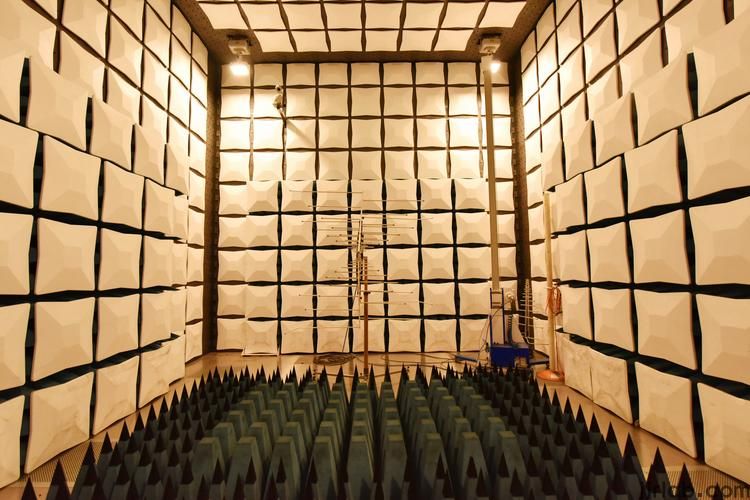 FCC ID Certification and SDoC Compliance
FCC ID Certification and SDoC Compliance
 Export Certification and Compliance for Lighting F
Export Certification and Compliance for Lighting F
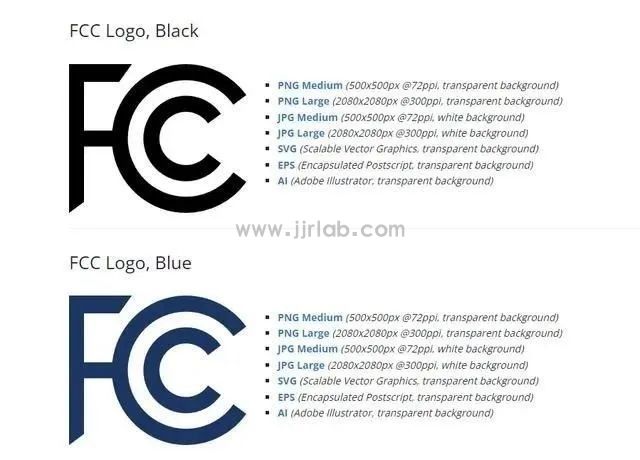 FCC Certification Resumes Issuance
FCC Certification Resumes Issuance
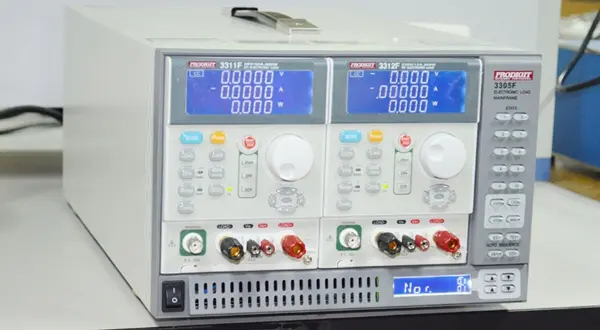 Electrical Toy Safety Certification EN 62115 EMC T
Electrical Toy Safety Certification EN 62115 EMC T
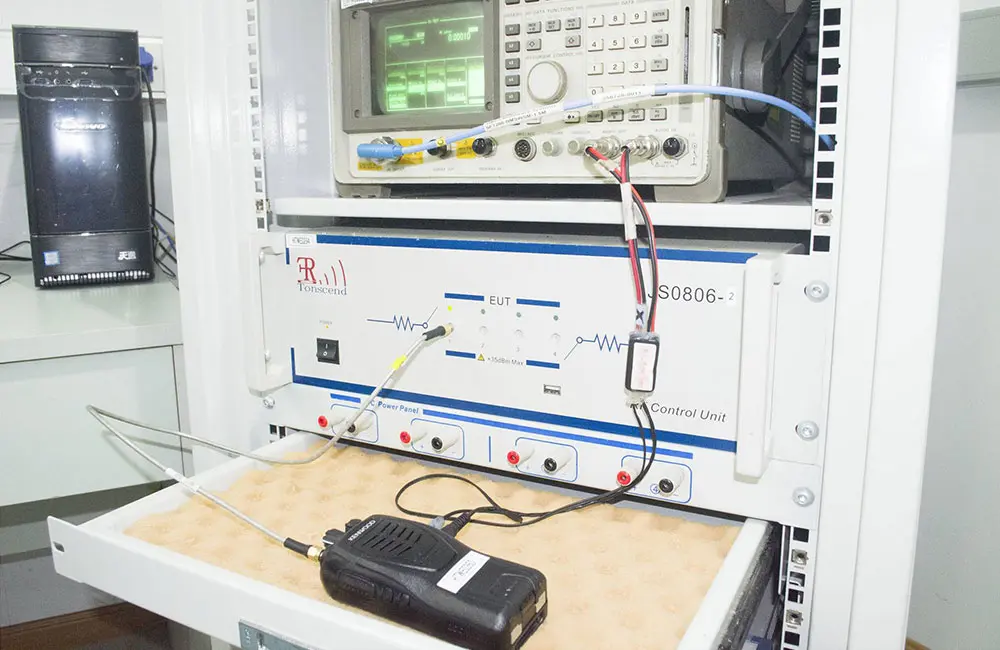 What is the UL 62368 Test Standard?
What is the UL 62368 Test Standard?
 Is CISPR 32 the same as EN 55032?
Is CISPR 32 the same as EN 55032?
 What is the difference between EN55022 and 55032?
What is the difference between EN55022 and 55032?
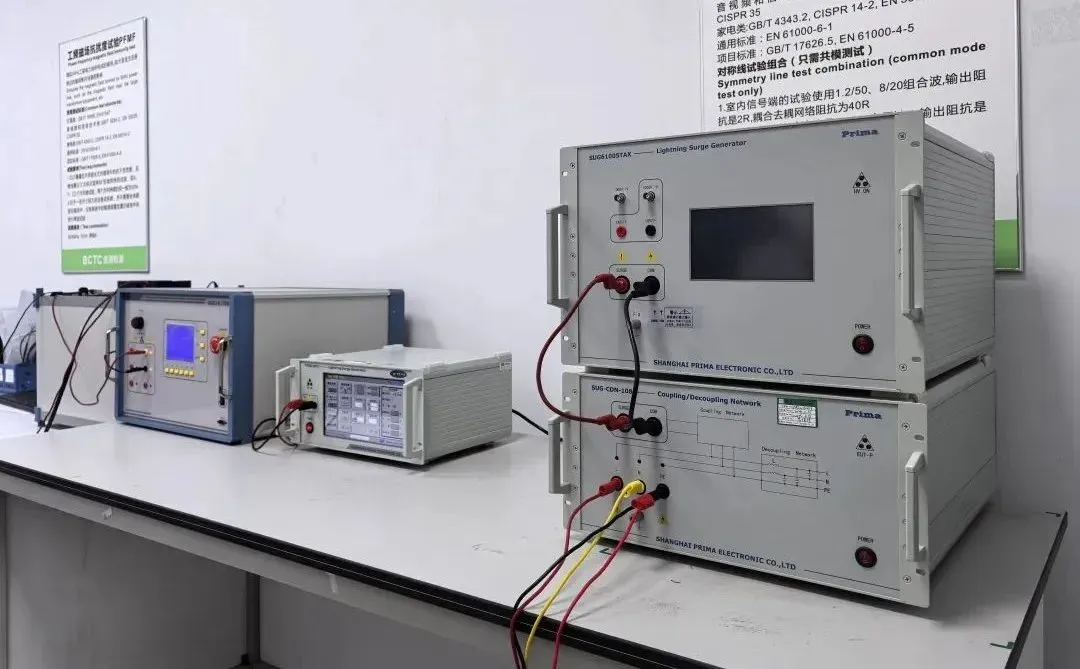 What is EN 55032?
What is EN 55032?
Leave us a message
24-hour online customer service at any time to respond, so that you worry!




